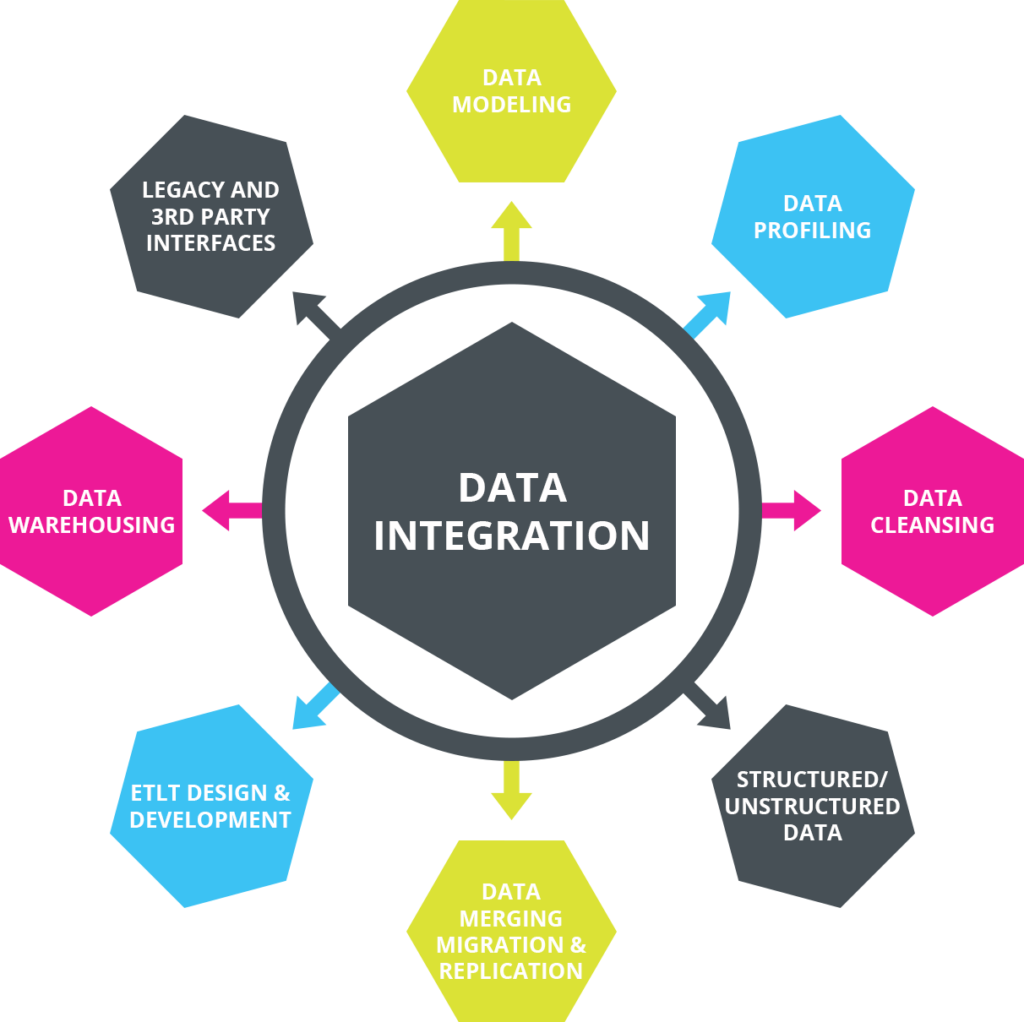
In practically any company operating in today’s market, one constant is the word “data.” With technological advancements taking place, working with information, understanding what data integration is, and having a business intelligence system have become essential.
In a quote that has become well-known, mathematician Clive Humby points out: “Data is the new oil”
Whether your company already collects data and needs to make it more efficient, or if digitalization still needs to be taken to the next level, data integration tools will be strong allies for your business.
Currently, most companies have multiple sources that generate data that feed their process: information about consumer profiles, doubts, market needs, bottlenecks in the supply of raw materials, production inconsistencies and the list goes on.
This data represents a valuable asset for the company, as it provides insights on areas that need improvement. However, to extract insights, the data needs to be centralized, organized, tabulated, analyzed, and interpreted.
Since the data comes from various sources, gathering it for reporting and strategic planning can be challenging.
Data integration systems come into play precisely at this point. Such tools are responsible for collecting, centralizing and organizing this information.
Imagine that each piece of information in your company is a Lego block scattered around the room. The data integration system would be the person who collects all these pieces and stores them in the respective containers. Thus, when information is combined, data from different sources generate insights that can result in valuable information.
By describing what a Business Intelligence system is, it’s possible to start imagining the advantages of adopting it in your company. The main benefit of this kind of tool is to provide accurate and secure information for decision-making.
For example, with up-to-date sales and inventory data, you can make better decisions about what needs to be purchased and what should be sold. This avoids running out of products to meet a certain demand or, on the contrary, prevents the company from having money tied up in merchandise with a slower turnover.
Another great advantage of data integration is efficiency. A clear mastery of your data allows for more efficient management, which positively impacts the customer experience and results in even more responsible financial management. Back to the previous example, it is easy to visualize, right?
Check out 3 examples of manufacturing KPIs for a more in-depth discussion on quality and process improvement.
Finally, company’s growth can be a significant advantage of data integration — with accurate information, it’s possible to make bolder strategic plans.
For example, well-processed data can be used to extract insights for a SWOT analysis. It then becomes easier to find strategies to enhance strengths, compensate for weaknesses, take advantage of opportunities, and prevent threats.
You may also be interested in this post: Toolkit for successful strategic business planning
The idea of collecting data from all areas of a company may seem complex. However, there are already several CRM and ERP tools that can practically do the work for you.
If your company is just starting operations, implementing a new tool will require relatively little effort. In companies that are already in operation, the impact of the change may be greater and require an adaptation period. But nothing that a change management process cannot solve.
Employee training will be essential for the transition period to be as smoothly as possible, since the human factor is crucial to any change that the company wants to make.
In practice, once installed, the system will collect information from various sources. Therefore, it is important to acquire a tool that supports different formats and is compatible with the resources you already have to enable data synchronization.

Understanding the concept of data integration is just the first step towards putting it into practice. To successfully implement it, you need to know about the various types of tools available.
As the name suggests, this tool collects and stores information from different databases. The software cleans the information and integrates it, providing a unified and organized report.
ETL tools are used for Extracting, Transforming and Loading information from sources into data warehouses. These tools are like “cable cars” of information, which, in addition to implementing data integration, also clean them, translate values and perform some calculations and cross-referencing of information.
Master Data Management tools are specific and responsible for handling the company’s sensitive data, those that are the basis for operations. This category includes information about customers, products, prices, and the other Ps of marketing.
Once you understand what data integration is and how to implement it in your company, one last piece of information is very important: for data-driven planning to be efficient, indicators play an essential role.
After all, Indicators are the key to keeping track of progress, monitoring your company’s performance and ensuring that you’re moving in the right direction.
To help you on this journey, consider using an indicator software that centralizes all performance management of your business, unfolding the strategy, connecting projects and executing your action plans.
With an efficient business management system in place, corporate performance can be monitored in a connected way, centralizing strategic, tactical, and operational indicators, thus facilitating decision making.
STRATWs One is a powerful management software that helps you better organize your routine, manage and engage your team to focus on results.
STRATWs One transforms your management strategy into processes. It is compatible with different methodologies and helps you gain time and efficiency, increasing productivity.
Request a demo and discover how strategic management can easily grow your company!

Your technology partner to connect you to what really matters.